
1 minute read
Subak Building Bonding
Subak
Building Bonding between Humans and Nature
Advertisement
A statue in Subak Jatiluwih - Sanatana/shutterstock.com An aerial photo of Subak Jatiluwih - Pong47/shutterstock.com
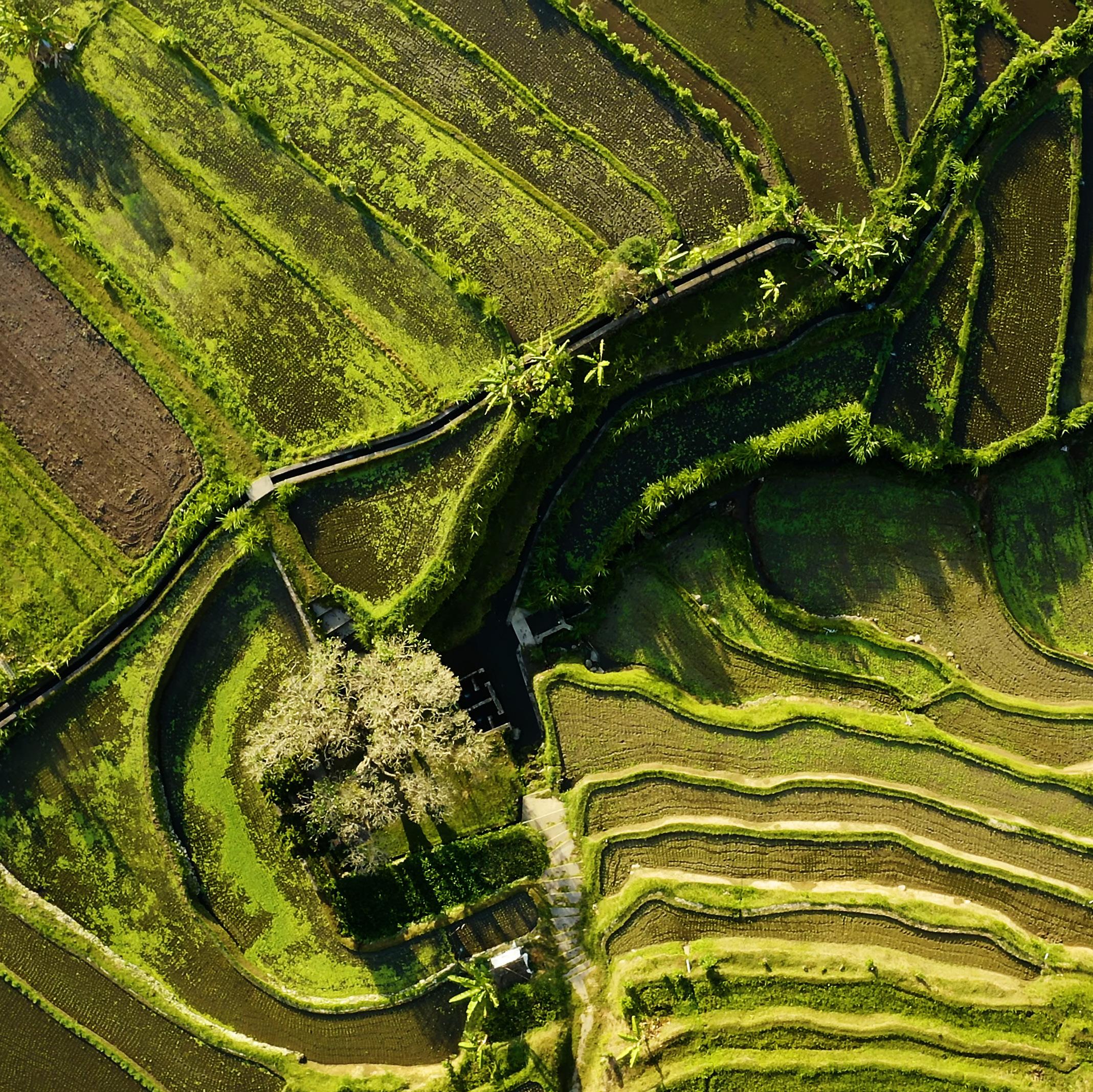
Visiting again an area of rice fields with a the Subak Irrigation System in Jatiluwih Village, Penebel District, Tabanan Regency, Bali Province really refreshes the mind. How are you, subak? Seems to be holding up. We know that Subak is one of eight world heritage sites belonging to Indonesia that are listed in UNESCO. The eight sites include four world cultural heritages, namely the Borobudur Temple Complex (established in 1991), the Prambanan Temple Complex (1991), the Sangiran Early Human Site (1996), and the Cultural Landscape of Bali Province: The Subak System as a Manifestation of Tri Hita Karana’s Philosophy (2012). The other four sites are world natural heritage sites which cover Ujung Kulon National Park, Banten (1991), Komodo National Park, NTT (1991), Lorentz National Park, Papua (1999), and Sumatran Tropical Rain Forest (2004). Subak expert Wayan Windia once said that in order to maintain subak consistently, awig-awig was needed, namely the basic subak regulations that prohibited the conversion of rice fields that were mutually agreed by the members of the subak who were

involved. The Pekaseh or the head of
the subak must be consistent. As long as there is subak, there is still emotional bonding between humans and their nature. If subak converts functions, then
the bonding disappears.
(Syefri Luwis)
Enjoying subak from the side of a dining table - Syefri Luwis
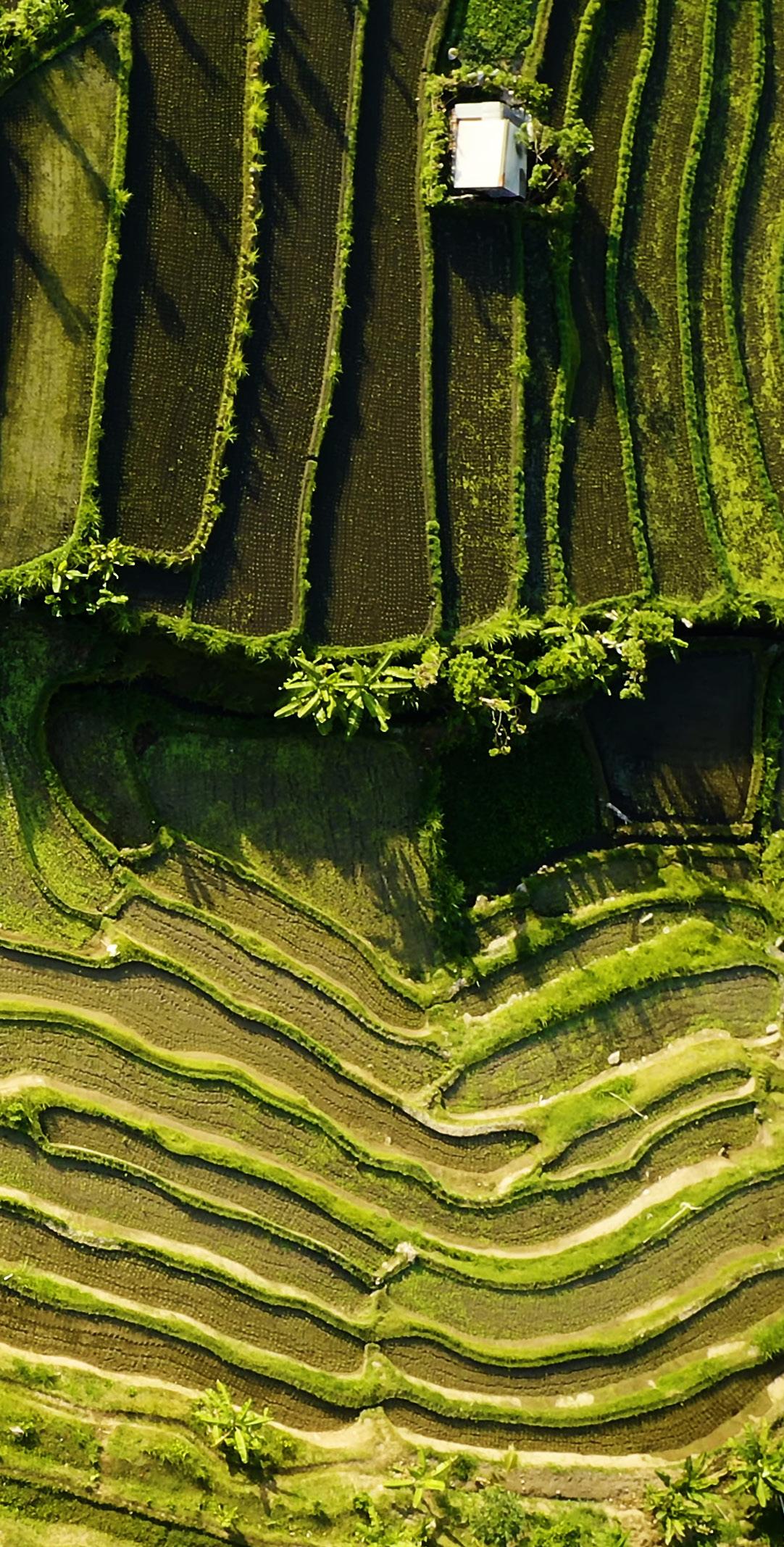
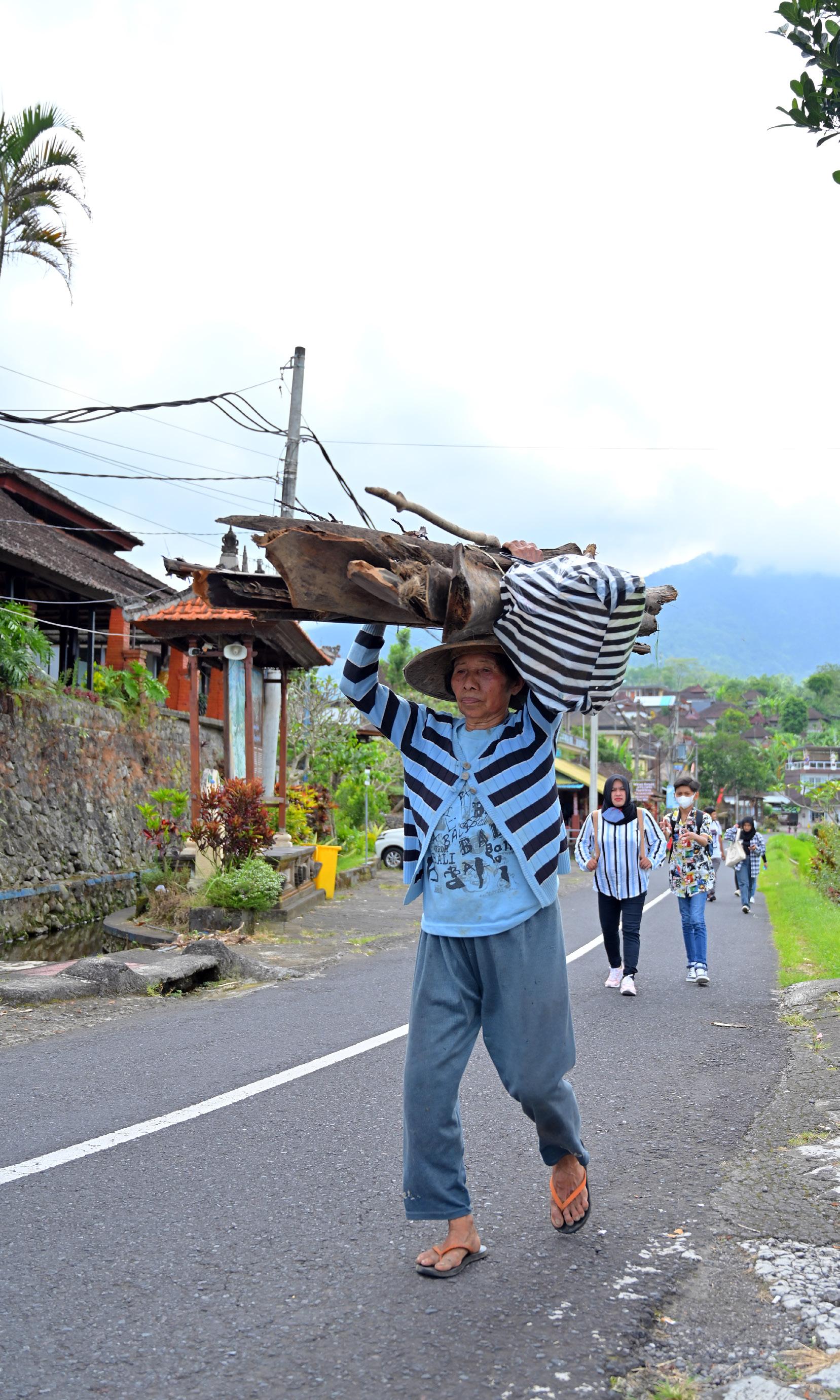

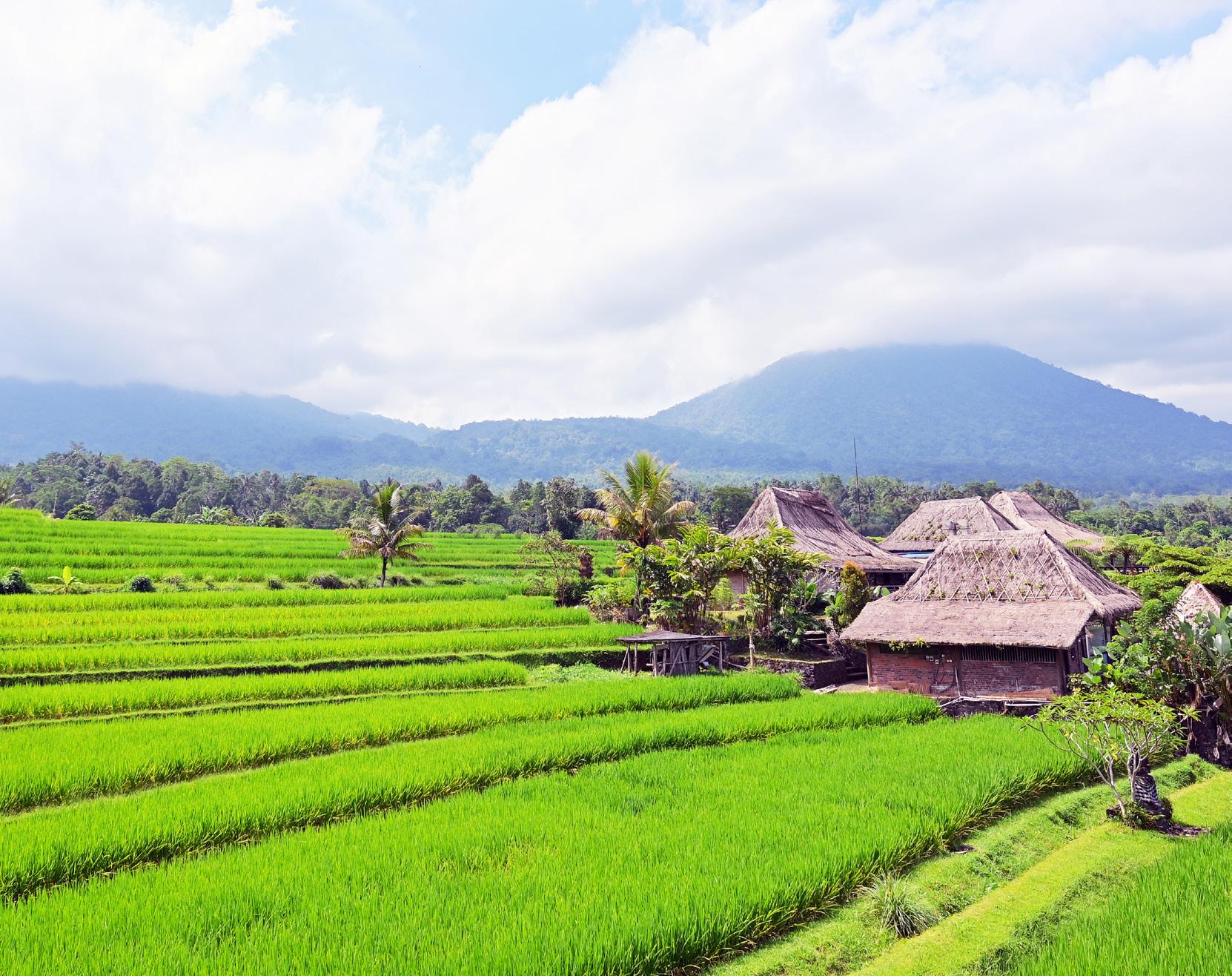
A working mother and local tourists in Subak Jatiluwih - Syefri Luwis
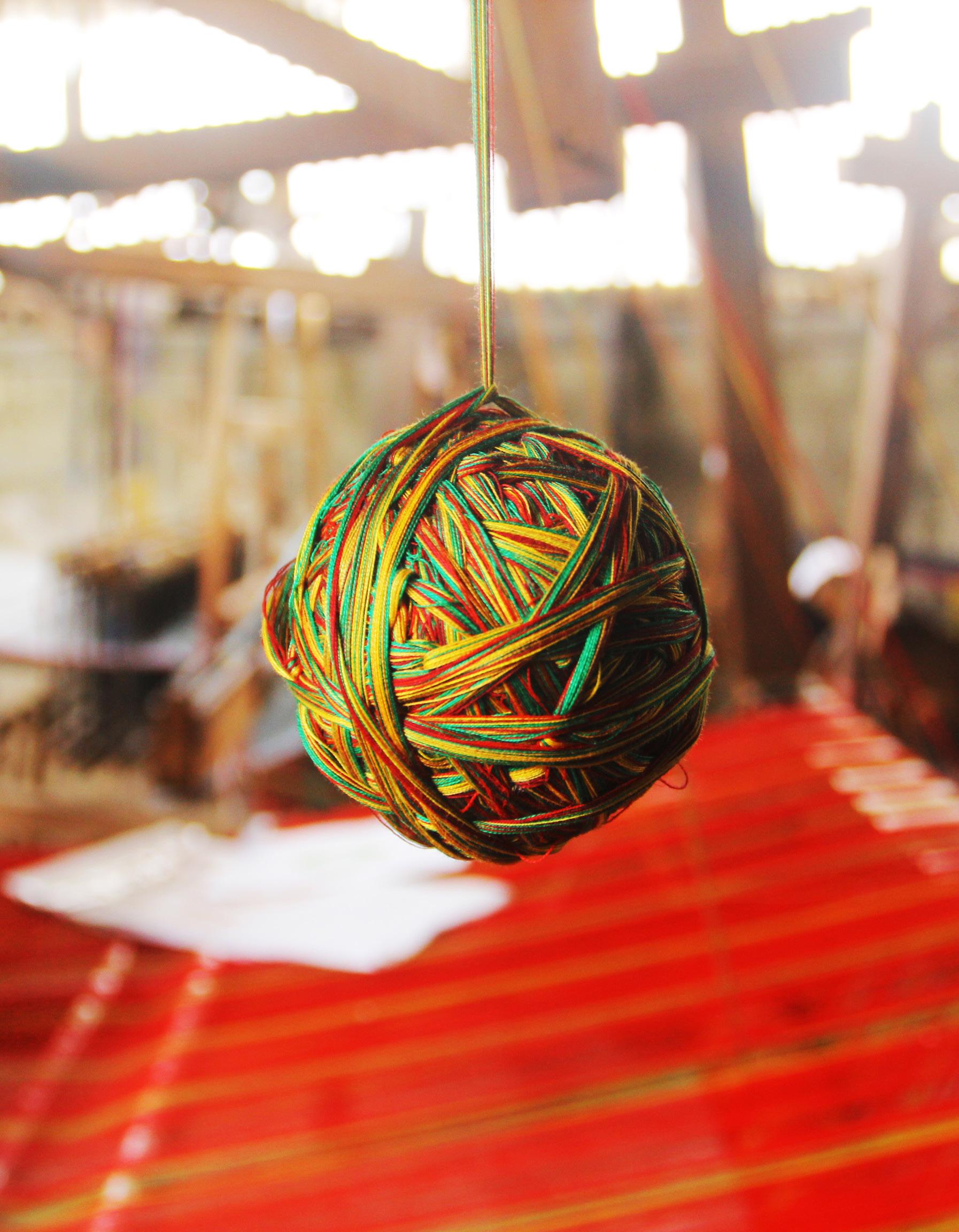
Ministry of Education, Culture, Research, and Technology Republic of Indonesia Directorate General of Culture Directorate of Culture Development and Ultilization
Building E. Lt. 9, Jl. Jenderal Sudirman Kav. 4-5 Senayan, Jakarta 10270










